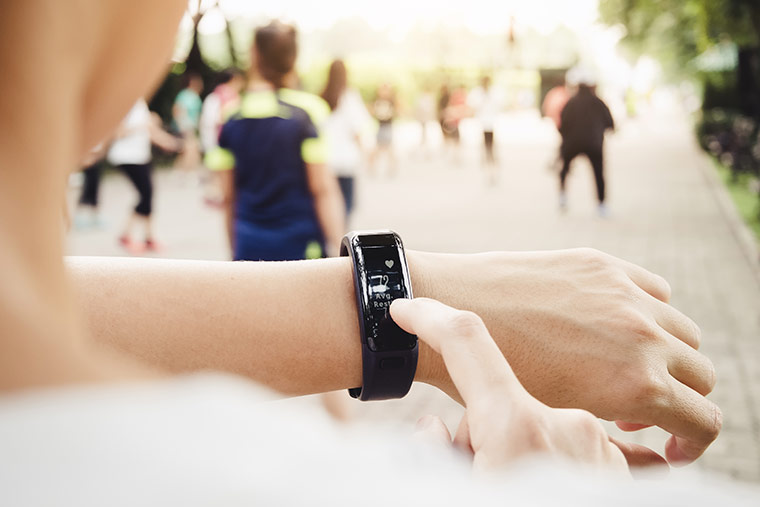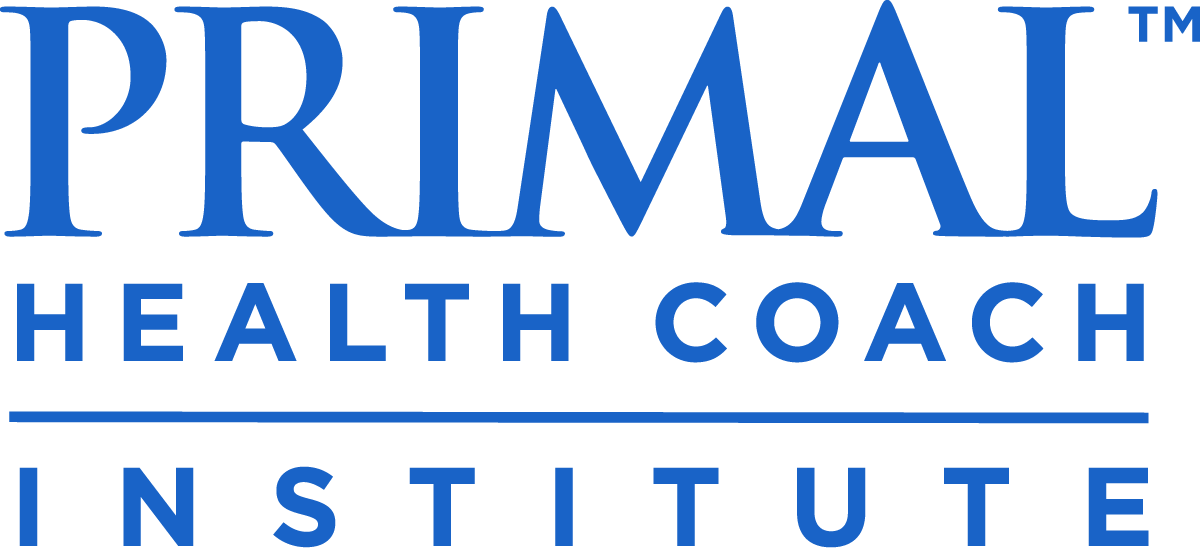
Staying up-to-date with the latest tech-savvy tools for health coaches is a clever way to stay relevant in the ever-changing health and fitness industry.
It can also give you the edge over your competitors, which is essential to attracting new clients.
However, is the most innovative technology always the best strategy?
In this post we’ll explore the very latest tech-savvy tools available to health coaches, alongside some of the more traditional tried and tested coaching tools, so you can decide which works best for you.
Body Composition Testing
For many clients, improving body composition is a major health goal.
Monitoring changes to a client’s body composition is a great way to quantify their hard work, it’s also an effective way to keep them accountable and motivated as they work towards sustainable lifestyle change.
Here we’ll discuss five strategies that you may consider implementing as part of your health coaching repertoire.
1. Girth Measurements
Girth measurements are circumference measurements performed at specific anatomical sites on the body.
While admittedly a low-tech option in this otherwise tech-savvy list, they are a simple and effective method of monitoring changes to body size and body composition.
The only equipment you need is a flexible measuring tape.
Advantages: Girth measurements are inexpensive and easy to perform. They can be performed anywhere, by anyone. Girth measurements can be used to determine other assessments such as the waist to hip ratio.
Disadvantages: Girth measurements should be measured in the same anatomic location every time, which can be a little tricky to the inexperienced eye. Measurements can also be largely effected by the firmness placed around the body part. It’s important to keep this consistent for the most accurate results.
2. Bioelectric Impedance
Bioelectric impedance uses electrical current to measure body composition.
Percentage body fat can be calculated when other factors in addition to the bioelectric impedance measurement are known, such as weight, gender, fitness level and age.
Bioelectric impedance analyzers range in price and quality. At a budget level, bioelectic impedance can be measured on bathroom scales that have built-in footpad electrodes on the base of the scale. Whilst more sophisticated bioelectric impedance devices can be found in research institutes.
Advantages: Bioelectric impedance measurements are simple and quick to perform.
Disadvantages: Body hydration, body temperature and the time of day effect measurements. Dehydration can overestimate body fat percentage.
3. Hydrostatic Weighing
Hydrostatic weighing measures the density of the body whilst submerged in water. The process involves measuring an individual’s dry weight followed by their water weight.
Advantages: Hydrostatic weighing is highly accurate and is the most widely used test of body density.
Disadvantages: The equipment required to perform this assessment is expensive and is usually located in research institutes. Also, the individual is required to be completely submerged under water.
4. Air Displacement Technology (Bod Pod)
The Bod Pod uses air displacement technology to measure body composition.
Whilst hydrostatic weighing uses water to measure body density, the Bod Pod monitors changes in pressure within a closed chamber.
Advantages: The Bod Pod is simple and quick to use, and its accuracy is on par with hydrostatic weighing.
Disadvantages: The Bod Pod is very expensive to use and is generally only found in research facilities.
5. DEXA Scan
The DEXA scan is the latest technology in body composition testing. A whole body scan is performed with two low-dose x-rays at different energy levels. Total body fat, fat free body mass and total body bone mineral density can be calculated using the DEXA scan.
Advantages: The DEXA scan is precise, highly accurate and reliable, and is considered a reference standard for body composition testing.
Disadvantages: DEXA scanning is relatively expensive and often requires a trained radiology technician.
Heart Health
A healthy heart is essential to a healthy body.
The heart is responsible for pumping oxygen, minerals, nutrients and other compounds to every part of our body, and is profoundly influenced by our lifestyle choices.
Healthy exercise and consuming nutritious food strengthens the heart and can significantly increase the volume of blood it can pump around the body.
Conversely, unhealthy lifestyle habits such as leading a sedentary lifestyle, consuming a poor diet and smoking can place stress on the heart and harden your arteries, thus reducing the capacity of your heart, and its ability to pump blood effectively around the body. This can lead to high blood pressure and cardiovascular disease.
Assessing heart health is a clever strategy for a health coach, as it provides insight into the physiological health of a client.
Heart health can be assessed by several simple and non-invasive methods which we’ll explore in detail now.
Heart Rate Monitoring
Your heart rate is the number of times your heart beats per minute, and can be a reliable measure of health and fitness.
One of the easiest ways to assess your health is by monitoring your resting heart rate. This is best measured first thing in the morning whilst you’re still lying in bed. Your resting heart rate is usually elevated when your body is under stress, and can be an effective way to detect when you’re about to come down with a virus, or when you’re rundown.
The average resting heart rate of the general population is 72 beats per minute, whereas an elite endurance athlete could have a resting heart rate of 40 beats per minute or less. An unhealthy resting heart rate is that which exceeds 100 beats per minute. This is usually an indicator of poor health and cardiovascular disease.
Your heart rate can also be used to gauge the intensity at which you are training. For example, a healthy aerobic workout falls within the heart rate zone of 180 – your age or below.
How to Monitor Your Heart Rate
Your heart rate can be monitored is several ways with varying levels of technology, ranging from manual monitoring to the use of optical sensors.
1. Manual Heart Rate Monitoring
No high-tech required, the easiest way to determine your heart rate is by placing your index finger and middle finger on your wrist below your thumb for 15 seconds and counting the number of times you feel your pulse. Multiply this number by four, and this is your heart rate.
Advantages: Manual heart rate monitoring is a simple and effective way to measure your heart rate. It can be performed by anyone, anywhere and requires no equipment.
Disadvantages: Manual monitoring can be inaccurate if not performed correctly.
2. Chest Strap Heart Rate Monitors
Chest strap heart rate monitors are another effective way to assess your heart rate. They can be useful when exercising as you don’t have to stop to manually monitor your heart rate.
Chest strap heart rate monitors, like those manufactured by Polar consist of two parts—a transmitter that is attached to a belt that is worn around your chest, and a receiver that is worn around your wrist as a watch.
As your heart beats, an electrical signal is transmitted through your heart in order for it to contract and this electrical activity is detected by the heart rate transmitter.
Advantages: Chest strap heart rate monitors can be used during exercise and are highly accurate.
Disadvantages: Chest strap heart rate monitors are moderately expensive.
3. Optical Wrist Sensors in Watches
The latest innovation in heart rate monitoring are optical wrist sensors, which work by “seeing” your blood pulsing through your arteries.
Optical sensors are integrated into most new running watches and fitness trackers like Fitbit and Garmin. They are also found in Apple Watches.
Advantages: Optical wrist sensors are more comfortable and convenient than wearing a chest strap.
Disadvantages: Optical wrist sensors can lose their accuracy when performing high intensity exercise and are expensive.
Heart Rate Variability
Heart rate variability (HRV) is the difference in time gaps between heart beats, and is used to get an indication of overtraining, chronic stress and cardiovascular disease.
HRV is a measure of the two components of the autonomic nervous system; the sympathetic (the fight or flight response) and the parasympathetic (calming response) systems.
A healthy person will have an even balance between their sympathetic and parasympathetic nervous systems. However, someone who is under chronic stress or is suffering from cardiovascular disease will have a more dominant sympathetic nervous system and this can be detected by HRV monitoring.
How Is HRV Monitored?
In recent years, HRV monitors have dropped significantly in price, making them more affordable for the general population.
In order to calculate HRV two measurements are required. Firstly, the time gap between heart beats, otherwise known as R-R intervals. Secondly, the heart rate in beats per minute.
We are able to monitor HRV with our smartphones. PrimalBeat HRV is regarded as the premier smartphone app. It can be used with an assortment of wireless straps to calculate HRV.
HRV should be monitored regularly under the same conditions, as HRV can change throughout the day. For example, first thing in the morning while lying in bed.
Advantages: HRV monitoring is an accurate method to assess a client’s hormonal state. Being able to visualize the effects of late nights, over working or chronic cardio will help your client see the importance of downtime and getting enough rest.
Disadvantages: HRV monitors are still relatively expensive. If HRV monitoring isn’t performed in the same environmental state at the same time of day, this can greatly effect measurements.
To summarize, there is a plethora of technology available to health coaches.
Whilst it’s important to be aware of the latest tools, this doesn’t necessarily mean that you should use them. It may surprise you, but the latest, most innovative technology may not always be the best for the job. It’s up to you to decide what suits your coaching style and most importantly, your clients.



